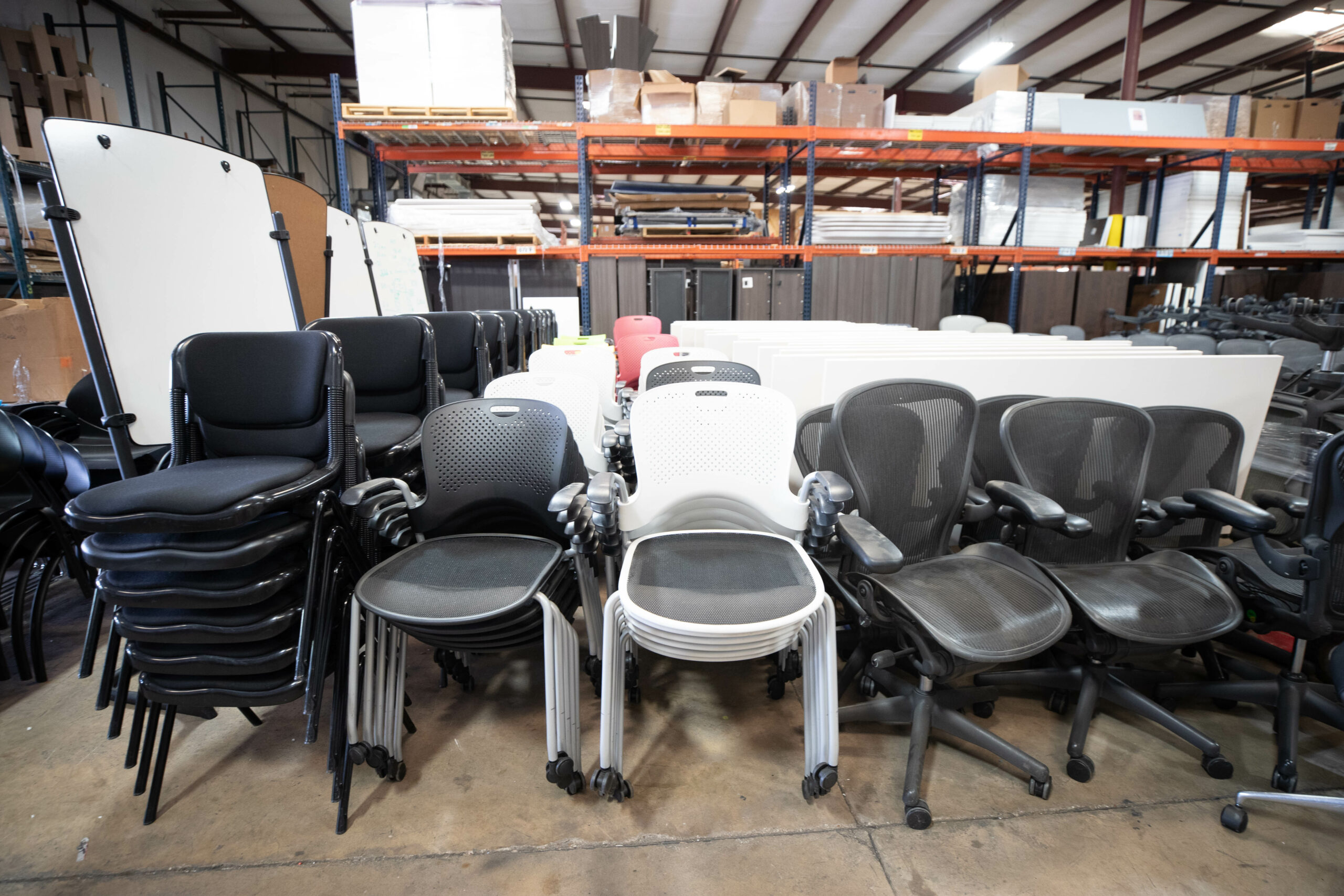How Does Office Seating Layout Impact Employee Collaboration And Communication?
In the ever-evolving landscape of the modern workplace, the dynamics of office seating layout play a pivotal role in shaping employee collaboration and communication. This article delves into the intricate relationship between office seating arrangements and the effectiveness of teamwork, with a special focus on the role of commercial office furniture. As we navigate through the various facets of this dynamic interplay, we will uncover the subtle nuances that influence the work environment and contribute to the overall success of a business.
The Evolution of Office Seating
To understand the contemporary significance of office seating, it is imperative to trace its evolution. From traditional cubicles to open-plan layouts, the design of office spaces has undergone a paradigm shift. The article explores the historical context of office seating arrangements and the factors that have driven this evolution.
The Psychology Behind Seating Arrangements
Human behavior is intricately linked to the environment in which individuals find themselves. This section delves into the psychological aspects of office seating, examining how different arrangements impact employee mood, motivation, and overall job satisfaction. Drawing on research from psychology and organizational behavior, we uncover the subtle ways in which seating layouts influence collaboration.

The Role of Commercial Office Furniture
Commercial office furniture serves as the foundation for crafting a conducive work environment. This section explores the impact of ergonomic chairs, collaborative workstations, and flexible furniture solutions on employee comfort and productivity. We delve into case studies and expert insights to understand how the right furniture choices can foster a culture of collaboration.
Breaking Down Communication Barriers
Effective communication is the lifeblood of any successful organization. Here, we analyze how office seating layouts either enhance or hinder communication channels among employees. We explore the advantages and disadvantages of different seating arrangements, shedding light on the importance of creating spaces that facilitate open dialogue and idea exchange.

Navigating the Challenges of Hybrid Work
In the era of remote work and hybrid office models, the article examines how office seating layouts must adapt to accommodate a more flexible workforce. We explore innovative solutions that bridge the gap between physical and virtual collaboration, ensuring that employees remain connected regardless of their location.
Designing for Diversity and Inclusion
Diversity and inclusion are integral aspects of a thriving workplace culture. In this section, we investigate how office seating layouts can be designed to promote inclusivity and accommodate the diverse needs of employees. From quiet zones to collaborative hubs, we explore strategies for creating spaces that cater to a variety of workstyles.
Conclusion:
As the workplace continues to evolve, the impact of office seating on employee collaboration and communication remains a crucial consideration for businesses. This article, through its exploration of historical context, psychological underpinnings, the role of commercial office furniture, communication dynamics, adaptation to hybrid work, and fostering diversity, aims to provide a comprehensive understanding of how office seating layouts shape the modern work experience. By acknowledging the importance of this intricate interplay, businesses can make informed decisions to create environments that empower their employees and drive organizational success.
Comments
Post a Comment